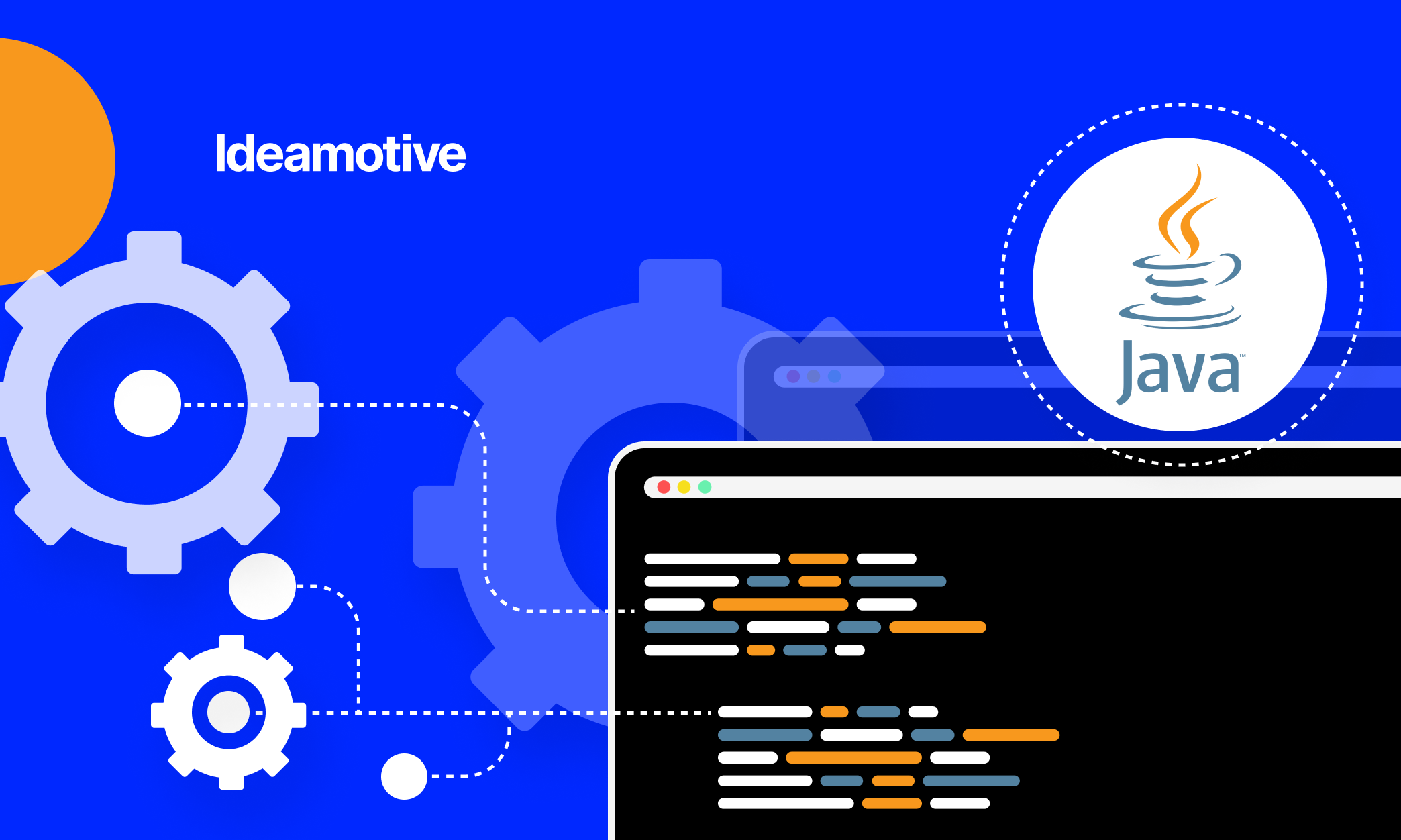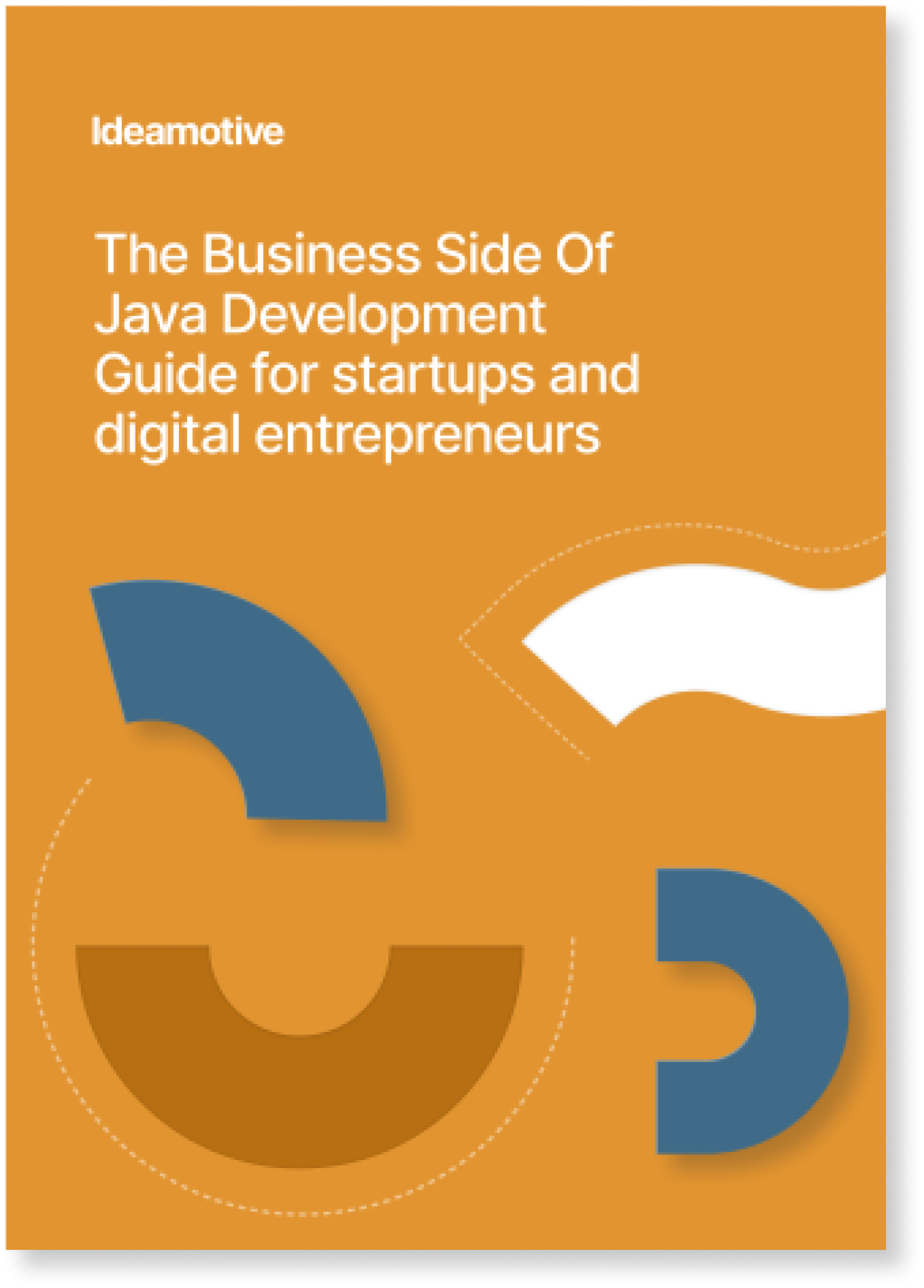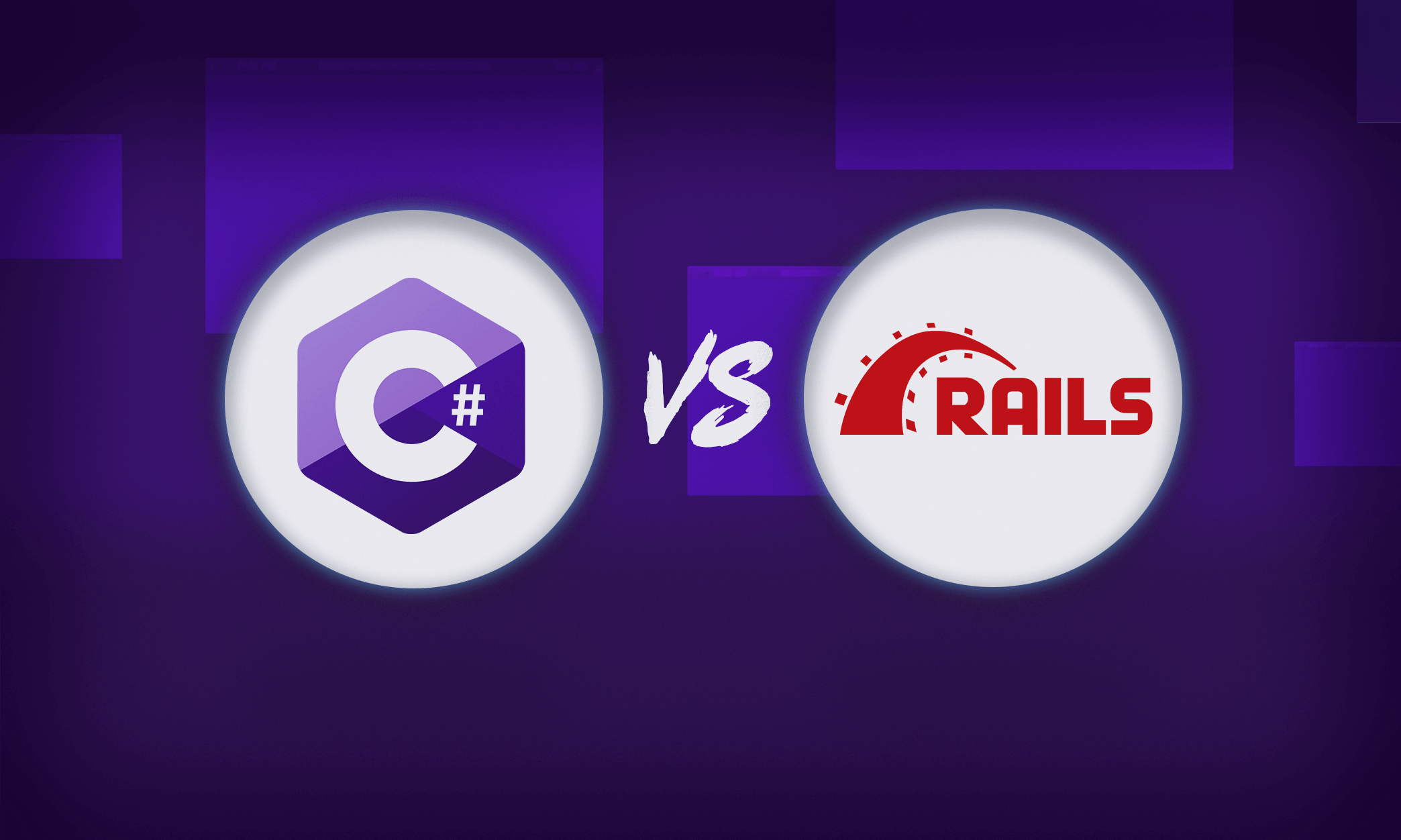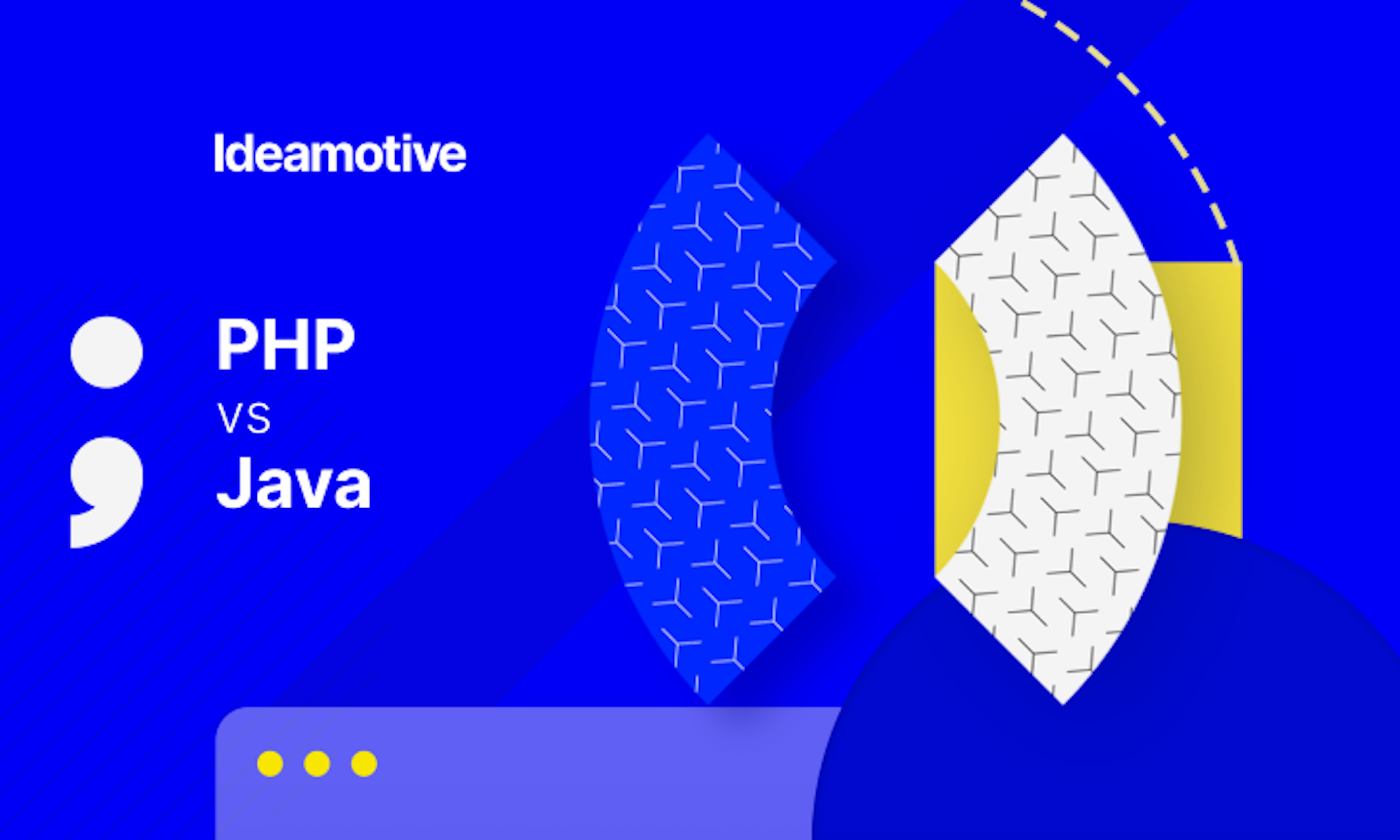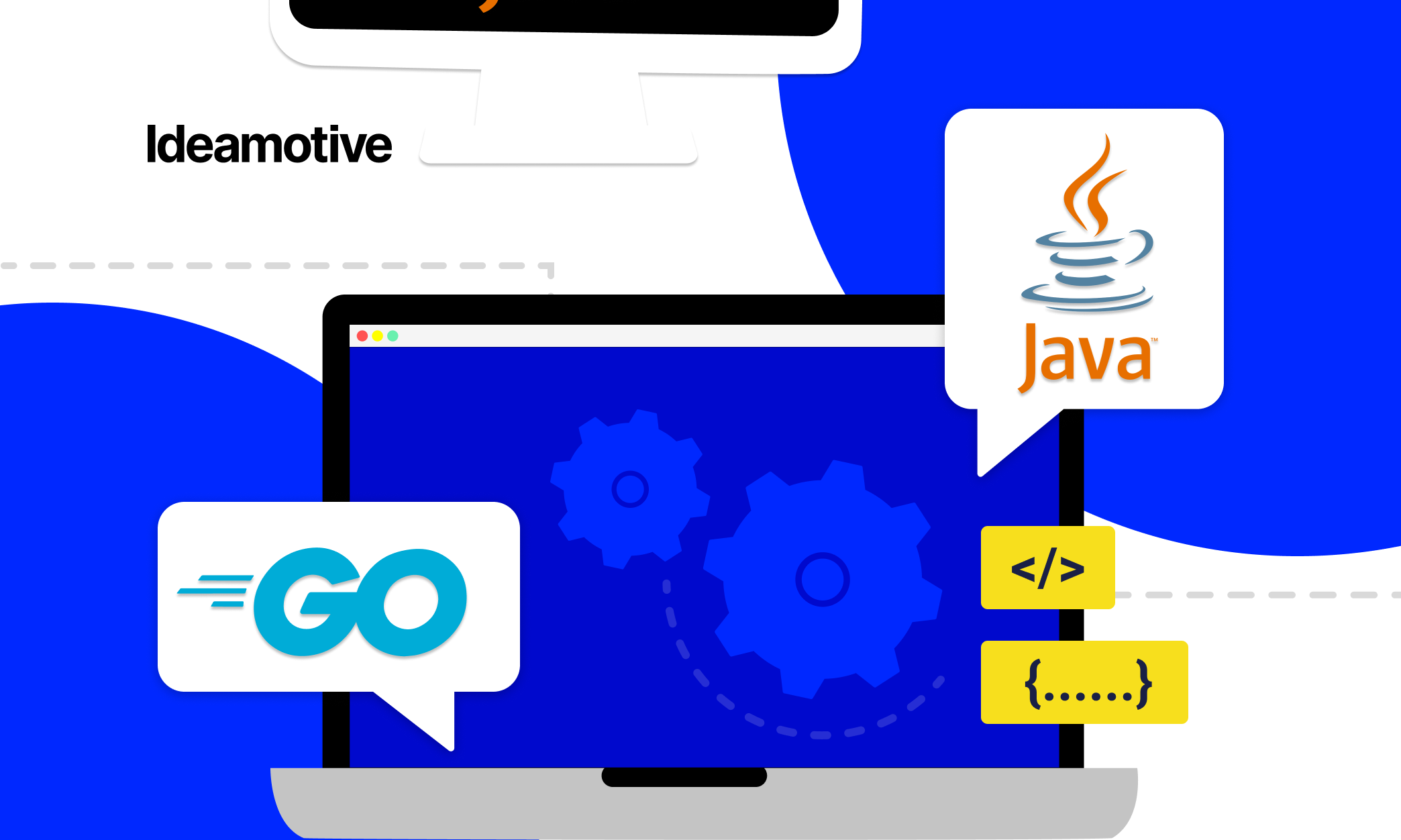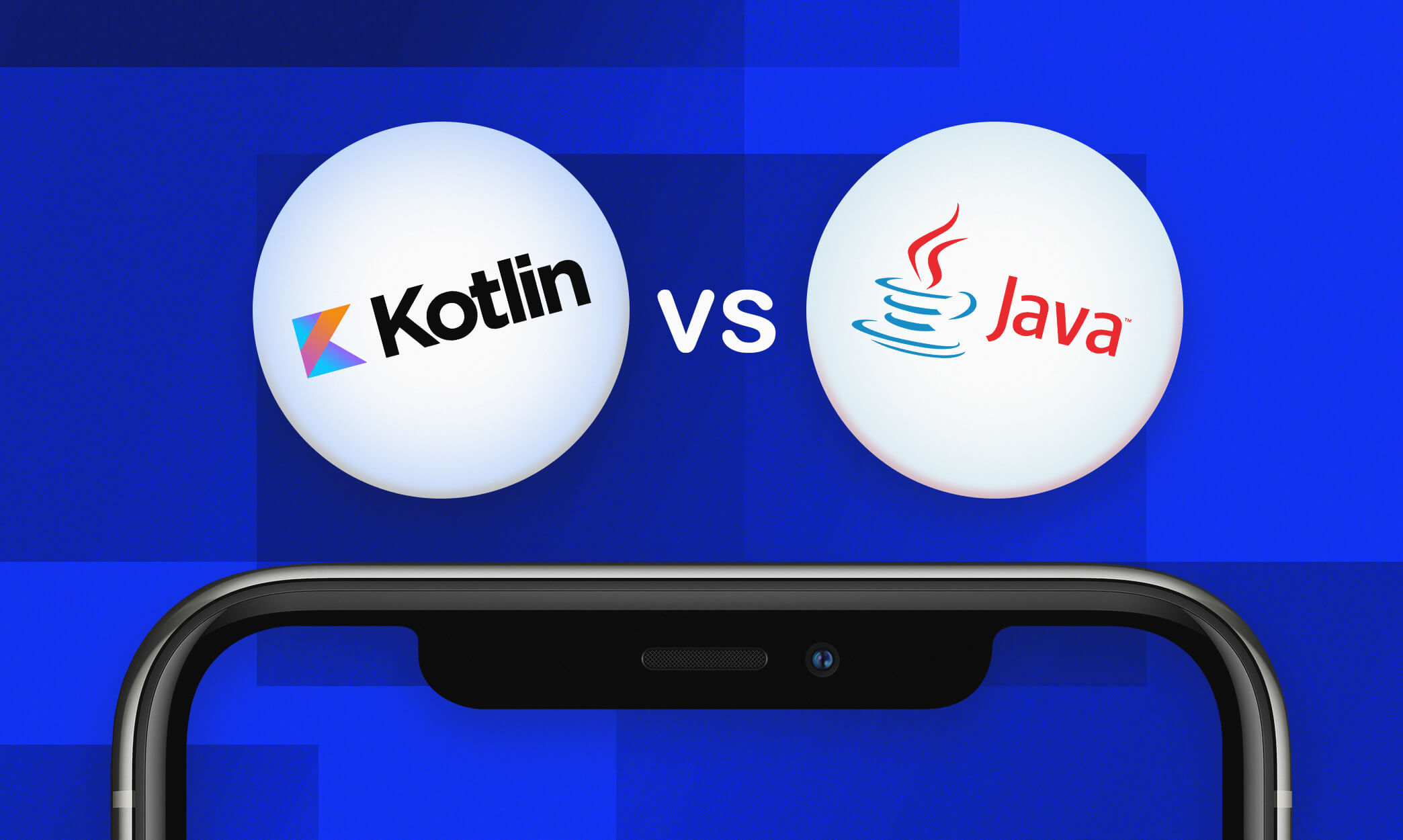Contemporary civilization is an extremely volatile one where the landscape across multiple spheres of life changes at breakneck speed. The high-tech realm is a trailblazer of the lion’s share of such transformations, setting the pace for other industries to follow. Yet, some technologies stay in active use, no matter how old they are. Java is the brightest example of such IT bedrock.
Java: A Sneak Peek
It is hard to believe, but Java (originally Oak) celebrated its thirtieth birthday this year. During the three decades of its presence in the digital arena, many other programming languages cropped up, enjoyed a brief heyday, and then merged into the background. But once launched as an alternative to the inadequate in portability and automation of memory management C++, Java doesn’t lose its popularity and still holds the firm 6th place among the languages employed by professional developers in their work.
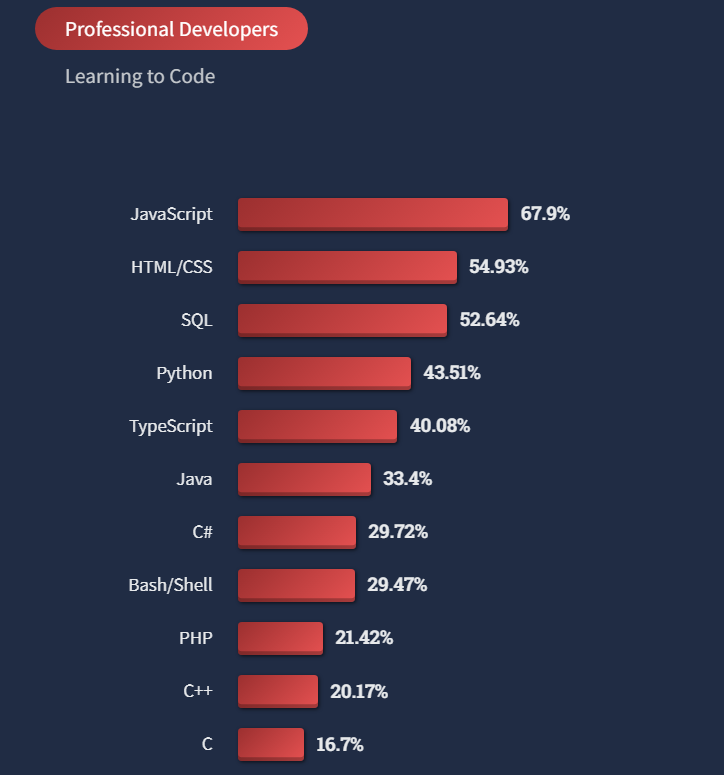
Source
And thanks to its mild learning curve, the percentage of Java users among IT greenhorns is even higher (almost 39%). So it is no wonder that Java is the second most widespread option in Google tutorial searches.
The long-time success of the language is explained by the never-flagging efforts of the Java team to improve their brainchild. Having been initially designed for interactive television, it has evolved into a ramified ecosystem consisting of three elements.
- Java Development Kit. This is the core of the Java set, responsible for the famous write-once-run-anywhere capability of the language, making it suitable for writing code for any solution. To leverage it, you should install the Notebook app on your computer.
- Java Runtime Environment. It contains Java Virtual Machine (JVM), Java Class Library, and a configuration tool, forming a comprehensive software distribution instrument.
- Integrated Development Environment. An entire roster of tools which is applied for compiling, editing, and running the code.
Given such a gamut of software to support it, Java is a self-sustaining tool to be employed in any development endeavor. However, its potential can be considerably reinforced when you supplement it with the best Java frameworks.
Java Frameworks Explained
Java frameworks are essentially software libraries comprising various templates, components, classes, and pre-written code to streamline and facilitate the development process. They allow IT experts to concentrate on mapping out the business logic of a software product instead of handling database connections, dealing with exceptions, or taking care of other elementary functionalities the development process abounds in. What are the major reasons behind leveraging Java frameworks?
Development Process Simplification
While building a software piece, developers have to perform a lot of repetitive or redundant tasks (data retrieval, privacy, and security, to mention a few). It makes no sense to reinvent the wheel each time you face such standard operations. By committing a framework, you get access to an entire range of features and models to speed up product delivery.
Supplying Product Architecture
You don’t have to rack your brain about the structure of a solution you are going to build. Frameworks offer an architectural pattern for you to adopt, and some of them even contain large chunks of code (regularly updated and thoroughly tested, too). Thus, you will actually have little to do – that is, if the solution is some simple application or other primitive digital product.
Availability of Auxiliary Assets
A good Java framework comes with a plethora of perks, such as learning materials, documentation, community forums, and social media channels, that can be a great crutch for Java developers in need of advice or assistance.
While making a choice of a Java framework for your project, you should realize that they can serve different purposes. Some of them are front-end tools helpful in designing the view layer. Others are honed for back-end development to be used in the creation of microservices or REST APIs. The third category (persistence and object-relational mapping frameworks) bolsters database interaction. Finally, there are frameworks that are built on top of other tools of this kind so that you can enjoy the boons of both.
Let’s have a closer look at Java frameworks that carry the day in 2022 and are sure to stay on top in the niche in the oncoming year.
A Shortlist of the Best Java Frameworks
1. Spring
This is probably the first library that comes to mind when Java frameworks are mentioned. And it is no surprise since such behemoths as Netflix, Amazon, and eBay use it to build their products. Generally, nearly 19% of professional developers employ it on a large scale.
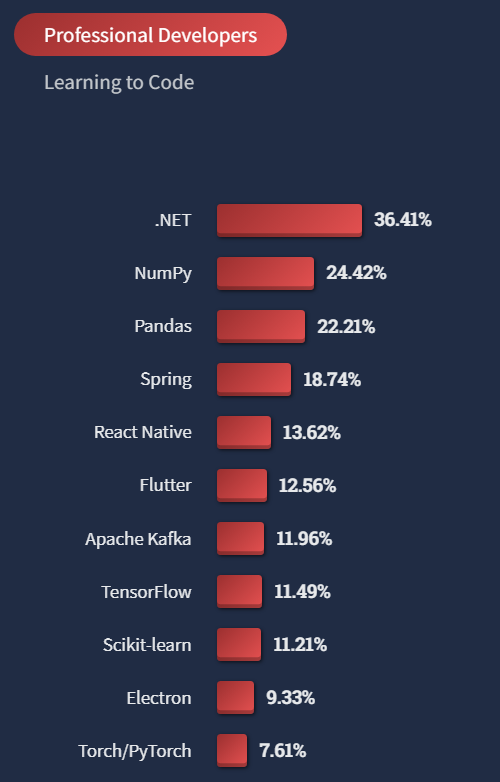
Source
Although Spring is universal enough to be utilized for building any solutions (including enterprise-level products and web services) and plays well with other languages (such as Groovy and Kotlin), its primary use case is lightweight Java apps or certain layers of them.
Being launched as a dependency injection tool, Spring has expanded into a full-scale framework containing several modules, the most important of which are Spring Core, Spring ORM, Spring MVC, and Spring Security. Unlike what happens in conventional programming, where custom-written code calls into other libraries for generic task handling, Spring is designed as an inversion-of-control framework that controls the custom code on its own. This design pattern enables the creation of loosely-tied modules within an app you are building.
Advantages of Spring:
- Stability and flexibility
- Loose coupling enabled by dependency injection
- Extensive documentation
- Robust community
- The usage of Plain Old Java Objects (POJOs)
- A lightweight container that can be launched without an app server or web server
- High productivity and fewer errors because of JDBC support
- Backward compatibility and testability of the code
- Support of annotation-based and XML configurations
Disadvantages of Spring:
- A steep learning curve, which is related to the multiple steps required for the development process
- The necessity to write lots of boilerplate code
Yet, both shortcomings can be significantly mitigated by onboarding Spring Boot, which is a micro framework running on top of Spring that reduces the amount of configuration and streamlines mastering it.
2. Struts
This framework brings the most value when utilized for building enterprise-level products. Its upgraded Struts 2 version is used by Infosys, Accenture, and NexGen Technologies to develop Java apps that are easy to maintain. Its design follows the Model-View-Controller pattern with a plugin-hinged architecture. Plugins are portable and thus can be added to the app’s classpath, while some of them (such as JSON, Config Browser, or REST) are bundled for easier employment. This organization model allows for simple integration of Struts with third-party tools to perform tasks that are above Struts’ head.
The primary use case of Struts is MVC-based web development and extending Java Servlet API for MVC architecture adoption.
Advantages of Struts:
- Stability and maturity
- Reduction of development time
- Integration-friendliness
- Extensibility via plugins
- Support of JSON, REST, Ajax, and other web technologies
- Huge community
- Prioritizing coding configuration over coding information
- Representation of many Struts values in property or XML files
Disadvantages of Struts:
- No security mechanism
- Inadequate for building server-side elements rendering on the front-end
3. Hibernate
It is well-known that Java, as an object-oriented language, doesn't see eye to eye with relational database management systems because of the discrepancy in data-handling methods they rely on (hierarchy vs. table correspondingly). Hibernate is called to solve this Paradigm Mismatch and can help you develop persistent classes and enable communication between any databases.
On top of that, Hibernate’s latest version supports relational databases and NoSQL data stores. This perk and a set of first-rate developer tools (Hibernate console, mapping editor, database reverse engineering tool, etc.) make it a favorite choice for companies such as Oracle, DELL, and IBM.
Advantages of Hibernate:
- Free and open-source
- Support of multiple fetching strategies
- High scalability, extensibility, and portability
- Removal of much of the repetitive code from the JDBC API
- Automatic time stamping and versioning
- Maintainability and productivity
Disadvantages of Hibernate:
- Steep learning curve
- Substandard performance for complex queries
4. Blade
This is another MVC-based framework that is praised for its simplicity and elegance. These characteristics are achieved via a RESTful routing interface, which is a second-to-none means for synchronizing data with the website. Plus, it has a web server, template engine, and agile security features (XS and CSRF) built into the framework. Given such capabilities, Blade is just what the doctor ordered for developing small MVC apps.
Advantages of Blade:
- Minimal source code footprint (under 500kB)
- Support for configuring multiple files
- Absence of dependencies
- Foolproof deployment
- Support for webjar resources and plugin extensions
- Mild learning curve
Disadvantages of Blade:
- Meager example projects and tutorials
- Limited popularity currently
5. Dropwizard
It is not just a framework but an entire operations-friendly ecosystem where one package contains all dependencies and a collection of various Java libraries (including Hibernate Validator, Joda Time, Logback, Google Guava, and more). The major use case of Dropwizard is the speedy development of RESTful web services and particularly Java microservices. The Jackson library it contains is also good for processing JSON.
Advantages of Dropwizard:
- Simple to set up and kick off
- Allows for swift prototyping and thus augments productivity
- Supports numerous independent and open-source libraries
- Minimizes distraction for creating secondary functionalities, like code writing for logging, metrics, or configuration
- Lightweight and scalable
- Extensive documentation
Disadvantages of Dropwizard:
- Some developers find it opinionated
6. Grails
Unlike other frameworks we spoke about, Grails is based on Groovy as a programming language, but its syntax is compatible with Java, and it is compiled to Java Virtual Machine bytecode. Besides, it plays well with multiple Java Development Kit and Java-powered technologies, like the above-mentioned Hibernate and Spring (in fact, it is built on top of Spring Boot). Such a marriage enables developers to have the best of two worlds (dependency injection without abundant code), which spurs productivity immensely. As a rule, Grails is utilized to develop e-commerce sites.
Advantages of Grails:
- IDE support for a plethora of platforms (including Sublime, Textmate, Eclipse, IntelliJ IDEA, etc.)
- User-friendly object mapping functionality
- Code reuse due to the modular structure
- Sizeable plugin library
- Clear documentation and step-by-step guides
- Flexible profiles for Angular and React
- Async capabilities
Disadvantages of Grails:
- You have to master Groovy
7. Vaadin
By opting for Vaadin, you will be able to rev up the development of customizable elements of a web app and essentially enhance its performance and UX accessibility. All these improvements are enabled due to the offbeat approach Vaadin adopts. In fact, it splits the whole system into the framework proper (called Vaadin Flow) and a bunch of UI components. The former tackles server-side communication and routing and allows you to use the entire Java ecosystem and employ Scala or Kotlin for code writing. The latter run in the user’s browser and can be easily combined with other front-end frameworks – choose the one you are comfortable with.
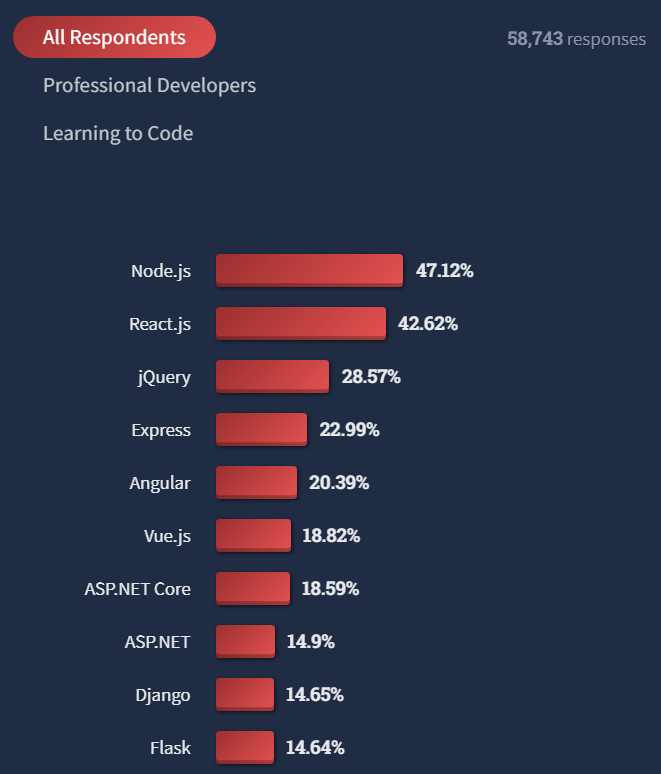
Source
Another innovation Vaadin harnesses is the direct access from Java Virtual Machine to the DOM that the developer gets.
Advantages of Vaadin:
- Seamless integration with Spring
- Automatic server-client communication and WebSocket support via a high-level API
- Drag-and-drop capability and two pre-made themes, which streamlines UI design
- Nested route and parameter support enabled by the router
- Ability to employ Java or HTML for building views
- Extensible and mobile-friendly
Disadvantages of Vaadin:
- The Pro-level components, tools, and support aren’t free.
8. Play
This is an immensely popular Java framework utilized by such blue-chip brands as Samsung, LinkedIn, Walmart, and the Guardian. The secret of its universal acclaim is in its ability to facilitate the creation of highly scalable web and mobile apps and avoid many issues (like slow development pipeline and excessive configuration) symptomatic of Java web development. It is achieved through the employment of the completely asynchronous model and the Akka toolkit, thanks to which it is much easier to build distributed and concurrent apps on the JVM.
The system architecture of Play is resilient, elastic, responsive, and message-driven, enabling high productivity via hot code reloading and prioritizing convention over configuration.
Advantages of Play:
- Support of non-blocking I/O to enhance the performance of the app
- Cloud deployment options
- Highly scalable and lightweight
- Support of JSON, REST, WebSocket, and other web technologies
- Active community and extensive documentation
Disadvantages of Play:
- Lack of backward compatibility (both between Play 1.x and Play 2.x and across the releases of Play 2.x)
9. Google Web Toolkit (GWT)
As a brainchild of Google, it is broadly used in numerous products of this company, such as Blogger, Google Wallet, Google Ads, and AdSense. Its major employment is related to building complex web apps by handling client-side Java code. Also, you can utilize GWT to develop and debug Ajax apps. What users value most in this framework is that it is extremely developer-friendly, so you don't have to be an expert in the front end to build apps in it.
Advantages of GWT:
- Free and open-source
- A plethora of advanced features (cross-browser portability, bookmarking, internalization, UI abstraction, history management, and more)
- Integrated debugging functionality
- Support of Google APIs
- Reusability of typical web development tasks
- Ability to unit test the front-end code
- Easy to learn
- A support site with lots of developer guides and tutorials
Disadvantages of GWT:
- Non-semantic HTML code
- Absence of control over the front-end output
10. JHipster
The chief asset of this framework is the choice of architectural styles for your web apps. You can opt for the monolithic model where the front end and back end are blended together, or you can split them and go for microservices. It is possible by marrying the capabilities of Spring Boot and popular front-end frameworks (Vue, React, Angular, and others). Its compatibility with several tools, multiple server- and client-side coding options, and the minimal configuration it requires, made many major-league businesses (Adobe, Bosch, HBO, and Siemens, to name a few) harness JHipster for building their products.
Advantages of JHipster:
- Mobile-friendly with support for React Native and Ionic
- Multiple deployment options
- Support of numerous front-end technologies and frameworks
- Extensive documentation and agile community
- Sample projects
Disadvantages of JHipster:
- Beginners may be confused with tons of auto-generated code
This list of Java frameworks is in no way exhaustive since there are plenty of other options. Naturally, it is easy for a layman to get lost in this ocean of alternatives. That is why it makes perfect sense to entrust this task to seasoned Java developers who will select the technology according to the type of project they face and use their expertise to leverage it properly.
Conclusion
Java is a programming language that IT specialists widely employ to build various digital products. Their efforts can be significantly bolstered, and the development pipeline greatly accelerated if they use the best Java frameworks.
